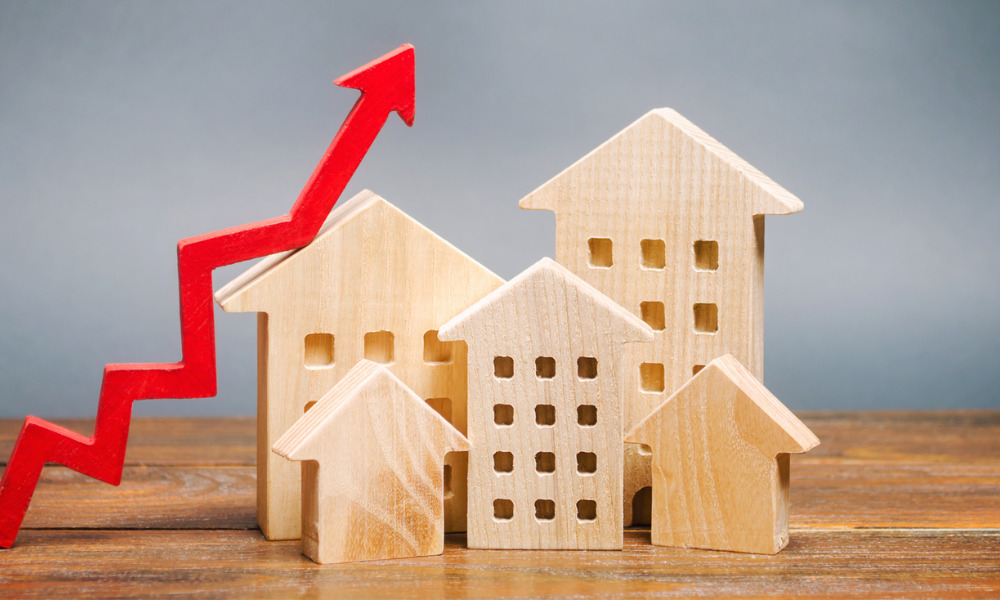"As the market tightens in 2022, it will be interesting to see how lenders and borrowers respond"

Loan origination costs are on the rise again as the market continues to shift to a high-rate environment, according to a new CoreLogic report.
“As the mortgage industry comes off two years of record-low interest rates and red-hot consumer demand, lenders are now pivoting to address increasing headwinds from higher loan origination costs and lower origination volumes,” said Bob Jennings, executive at CoreLogic Underwriting Solutions.
The national average for mortgage closing costs for a single-family property rose 13.4% annually to $6,905, including transfer taxes and $3,860 excluding transfer taxes – up by 11.2% year over year.
Jennings pointed out that the 13.4% jump in purchase mortgage closing costs corresponds to a 13.2% year-over-year increase in lender origination costs, as per a Mortgage Bankers Association report.
Additionally, the report showed that closing costs have kept pace with rapidly increasing home prices. In 2021, the average US home price grew by more than $50,000, while average closing purchase closing costs were up by $818 including taxes and $390 excluding taxes.
Read more: US home prices post another double-digit increase
Despite the increase in the absolute dollar amount of closing fees, closing costs as a percentage of home sales decreased slightly from 2020. The average purchase fees as a percentage of the average sales price in 2021 were 1.81% compared to 1.85% in 2020. When taxes are excluded, purchase fees as a percentage of sales price were 1.01% last year compared to 1.06% the previous year.
The report included the lender’s title policy, owner’s title policy, appraisal, settlement, recording fees, land surveys, and transfer tax as part of the total closing costs. The calculations use home price data from CoreLogic to estimate closing costs for an average home at the state, core-based statistical area (CBSA) and county levels.
“As the market tightens in 2022, it will be interesting to see how lenders and borrowers respond and how these key metrics move,” Jennings said.



